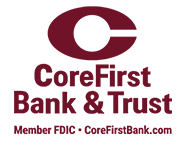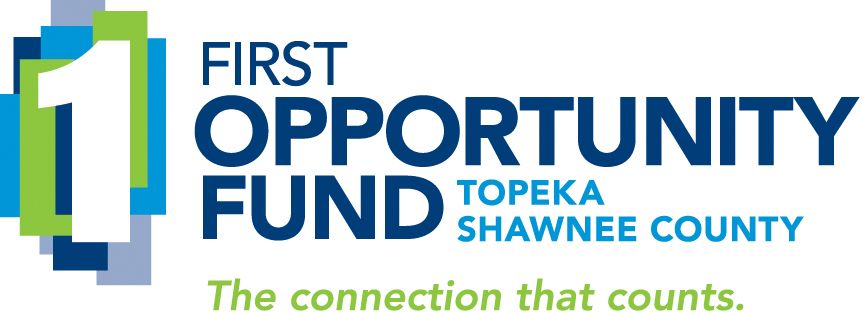In these tumultuous times, it’s tougher than ever for financial marketers to keep their brand strategies balanced and optimized. With so many choices that are supposed to make their decision-making easier, it’s vital to watch out for the potential pitfalls that come with each opportunity.
Here are four common areas that can trip up the best laid marketing plan:
1. Viewing AI-generated graphics and copy as ready to use
For bank marketers who are fortunate enough to access AI platforms from work, the possibilities can be exciting. Using these tools to generate copy for a newsletter, blog or social media post—and to create graphics to accompany them—can take considerable weight off a marketer’s shoulders. They are amazing tools.
But beware: They’re not substitutes for discerning, strategically-minded people who are good stewards of the brand. While generators are getting better and better at creating anything we prompt, they often churn out same-sounding copy, a proliferation of emojis and same-looking images that are more like clip art or syndicated copy than fully-branded pieces.
Jasper.ai has recently announced it can incorporate a company’s brand standards document into the generated creative product, but there’s still much work to do.
Savvy marketers use AI as a jumping-off point. Then they push, edit and rephrase their prompts and polish until the finished product is on-brand perfection.
2. Too much reliance on automation
The ability to automatically nurture a customer along a homebuying or business growth journey is exciting. Automation is a fantastic tool when marketers have the budget for it. Creating multiple scenarios and workflows seems like a dream come true: sending messages and information to prospects without having to think about it or remember details and follow-ups is great.
But beware: The purpose of automation is deepening customer and prospect relationships while taking some of the heavy lifting off the marketing and business development departments. Without thoughtful monitoring of conversion activity, good use of the bank’s marketing customer information files, and personal outreach to people with high lead scores, automated messages will do more harm than good.
When customers get offers for products they already have, or mortgage customers keep getting homebuying tips after they’ve closed on the loan, they’ll feel like a number. And the bank will look like an impersonal machine churning out junky promotions. The brand and its customers are dehumanized.
Savvy marketers take a holistic approach that involves multiple departments and business lines to ensure the automations are solid because they are thoughtfully created, curated and managed. Communications are done by humans for humans.
3. Marketing to all generations as though they’re the same
Boomers are probably the majority of your customers and they hold most of the wealth. But millennials—America’s largest working generation—are expected to receive a $68 trillion wealth transfer by 2030. Many institutions still have Greatest Generation and Silent Generation customers, and are also trying to figure out how to attract Gen Z. Sadly, Gen X is probably not even on most radars. All of them need help managing and maximizing their finances. You’re equipped to do it, but with limited resources. There’s a vast opportunity amidst all this juggling.
But beware: Members of these groups have different concerns, needs and goals. They don’t all want the same products or delivery channels. Many may have a positive impression of your brand, but unless messages and images are tailored to them and communicated in ways they want to receive them, this homogenous marketing will fall flat.
Savvy marketers build customer personas, use research best practices and leverage the bank’s data to develop relevant, engaging communications delivered through personal URLs, in-app messages and in-person conversations that suit the customer. They make sure staffers are trained and coached to tailor communication styles to the people they’re serving. The sum of these parts is deepened customer relationships and loyalty because customers feel noticed and valued.
4. Spreading sponsorship money too thin
Sponsorships can be a highly visible way to boost brand awareness and love. Large displays on the Jumbotron or huge banners at the annual holiday lighting ceremony tie your name to emotional fans and excited attendees. As more schools, nonprofits and community organizations look to buoy up their budgets, many banks are inundated with requests for support. It’s tempting to say yes to them all, even in a small way.
But beware: Spreading sponsorships too thin across a fixed budget means your name or logo appears very small. At the bottom. And while it may be posted in numerous places, your presence is so minor that it’s likely to go unnoticed. The money is wasted for two reasons: It’s not enough to make a big impact on the supported organization, and the bank hasn’t really shown up at all.
Savvy marketers are disciplined. They carefully vet organizations that align with the purpose and mission of the brand. They’re brave enough to be selective and say no. They make sponsorship decisions that allow the bank’s contribution to make a real impact while also having significant marquee opportunities that are visible to the community and employees.
The tightrope — though invisible — is real.
Balancing many opportunities, people, tools, budgets and risks can feel daunting. But with practice and a disciplined approach, marketers can wow even their most skeptical critics. Cue the applause.
This article first appeard in Bank Beat. For another article about strategic planning for financial brands, read our article 20 questions to ask when you need strategy instead of tactics.
photo credit: Aziz Acharki on Unsplash

























